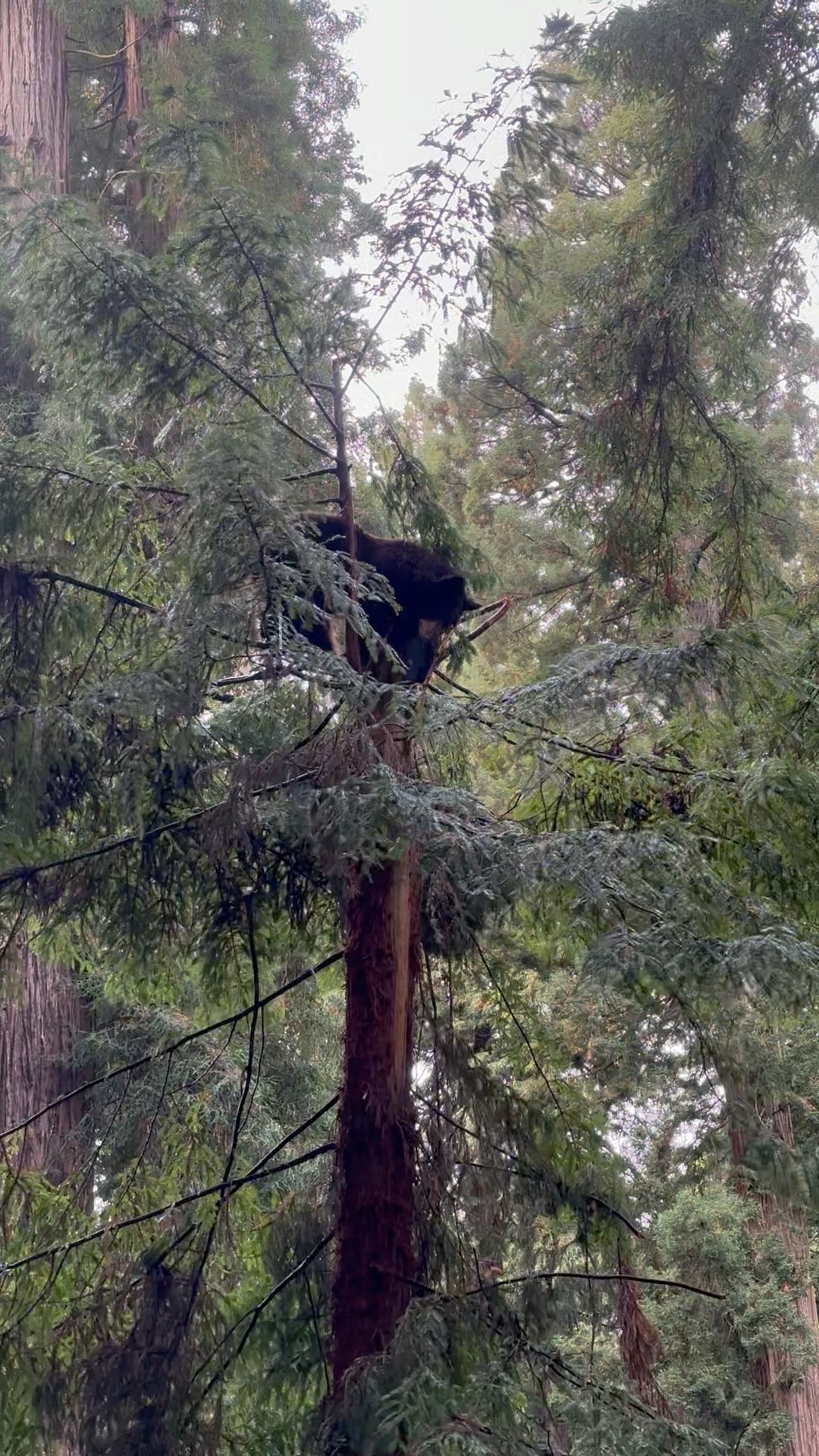– Discover the instincts and behaviors behind Noni’s pruning practice.
– Explore how such natural behaviors are essential for maintaining ecosystem balance.
– Understand the relationship between animal actions and the well-being of our natural world.
– Glimpse into the world of behavioral ecology without leaving your seat.
– Unravel the mystery of how some simplest actions can majorly impact the environment.
In our forests’ emerald heart, a scene that may seem commonplace at first glance unfolds. Noni, a creature not known to the average person for her landscaping prowess, is engaging in an activity just as pivotal to the woodland’s health as it is intriguing to the observer – she is pruning. This seemingly mundane task holds intricate secrets about the ecosystem’s balance, the trees’ silent language, and the interwoven lives they support.
Pruning, in the scope of human practice, is a skilled endeavor to enhance plant health, direct growth, and increase the yield of flowers and fruits. Yet, the forest’s true gardeners are its creatures, like Noni, whose day-to-day activities carve out the life of the woods in ways we’re only beginning to comprehend.
The Role of Animals in Ecosystem Maintenance:
Animals like Noni often engage in behaviors that influence the structure of vegetation. Browsing and feeding on leaves, buds, and twigs can effectively prune plants. It can stimulate new growth, shape the plants, and even control the spread of certain species. The fact is that these animal interactions with plants can have significant consequences for forest dynamics. They can dictate the plant community’s diversity, determine the forest canopy’s structure, and influence the availability of resources like light and space.
Noni’s pruning is not just a dietary choice but a contribution to the habitat’s habitat’s complexity. Through her actions, she helps create a mosaic of vegetation at different stages of growth, which in turn provides a variety of niches for other species. This kind of activity generates a diversity of habitats that support a multitude of organisms, from the smallest insect to the largest carnivore.
Mutually Beneficial Relationships:
As Noni removes parts of a plant, she may unknowingly play a role in a process known as ”mutualism.” In mutualistic relationships, two species benefit from their interaction. Pruning can spread the plants’ seeds or foster new, palatable, nutritious growth for other wildlife. Through these interactions, Noni is more than a mere forager; she is a facilitator of life, an inadvertent cultivator of the biotic community.
The Language of Trees in Pruning:
Trees have their silent ways of communicating with other flora and fauna that interact with them. When pruned, trees release chemical signals that can attract beneficial insects to ward off pests or may accelerate the growth of leaves and branches. Noni’s touch triggers this arboreal language, a dialogue reverberating throughout the ecosystem with resounding impacts.
The Critical Impacts of Simple Actions:
Noni’s pruning technique is not an isolated act. It starts a cascade of effects that underscores the importance of every organism’s role in an ecosystem. A pruned branch falls, decomposes, and becomes a nutrient hotspot, while the opening in the canopy allows sunlight to reach the forest floor, giving life to seedlings that will become the next generation of trees.
Conversely, such pruning may prevent certain plant species from over-dominating, promoting various life forms rather than a uniform blanket of one type. It’s a delicate balance every gardener, like Noni, must navigate with innate expertise.
Behavioral Ecology – A Window Into the Wisdom of the Wild:
Beyond its immediate effects, observing behaviors such as Noni’s pruning provides a portal into the field of behavioral ecology. It studies the evolutionary basis for animal behavior due to ecological pressures. Each nip and chew is a decision influenced by millions of years of adaptation and counter-adaptation, an evolutionary tango between fauna and flora that has shaped the natural world around us.
Conservation Implications – Preserving Nature’sPruners:
Understanding the influence of animal behaviors on ecosystem structure is essential for conservation. As humans expand their presence across the globe, the dynamics of ecosystems are altered. Loss of species like Noni means losing magnificent creatures and their roles in maintaining the health and diversity of natural habitats.
In captive settings, such as zoos and wildlife sanctuaries, behaviors like pruning are encouraged to provide environmental enrichment for animals, keeping them mentally and physically healthy. It’s a way to mimic these creatures’ natural roles in the wild, reminding us of the interconnectedness of nature.
In conclusion, the simple act of pruning by animals like Noni is a rich tapestry interwoven with ecological insights, evolutionary marvels, and the sheer wonder of nature’s nature’s nature’s design. From the careful selection of branches to trim to the chain of life she unwittingly supports, this quiet yet transformative behavior is a testament to the complexity and sophistication of the natural world. It reminds us of the unmatched expertise nature’s creatures hold in stewarding the planet. Through keen observation and understanding of these practices, we can unlock the secrets of ecosystem health and resilience, ensuring a harmonious existence for all living things.
*****
Source Description
Noni practicing her pruning technique. 😉🐻🌲


